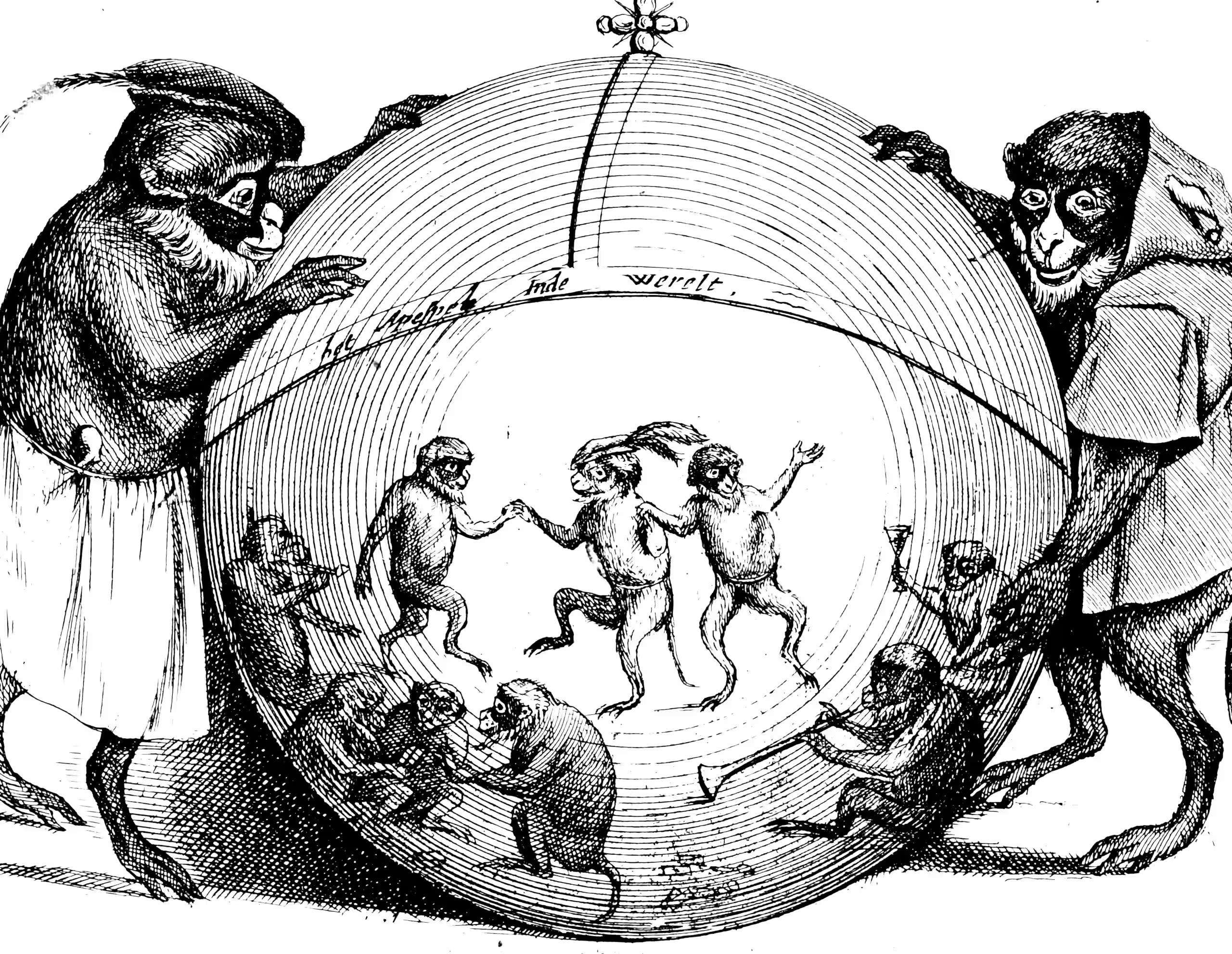Neural learning for geoscience
2020-09-15 — 2024-11-18
Wherein planetary-scale neural methods are described, physics constraints are emphasised, spherical data handling is treated, and existing geospatial tooling such as torchgeo is recommended for Earth-oriented spatiotemporal prediction at massive scale.
Neural spatiotemporal prediction where the object is the planet, or at least a large part of it. This discipline is characterised by the importance of physics, and needs to work at a massive scale, applied to nearly-spherical objects, such as Earth.
1 Foundation models for
2 Spherical data
Classical spatial problems might pretend that data always arrives in rectangular chunks, which is convenient, but does not work well for spheres (Bonev et al. 2023; Mahesh et al. 2024).
3 Tooling
Don’t write your own spatial data loaders. From personal experience, I can tell you that it is difficult to get right for a bunch of technical reasons. Best prosecuted by a transdisciplinary team. If you don’t have any geoscientists, it might not go too badly if you at least use libraries (HT Dan Steinberg for mentioning these).
torchgeo is one geospatial dataset loader/trainer system. Source at microsoft/torchgeo (Stewart et al. 2022)
Raster Vision is “An open-source machine learning library for deep learning on satellite and aerial imagery”. Source is azavea/raster-vision / documentation
Google Earth Engine’s ML workflow is slightly clunky but feasible.
(obsolete) data61/landshark: Large-scale spatial inference with Tensorflow. a Tensorflow 1.x deep learning+GIS framework
Open Data Cube is a Python library for working with satellite images, with an Australian origin story:
The Open Data Cube (ODC) is a non-profit, open-source project that was motivated by the need to better manage Satellite Data. This project was born out of the work done under the “Unlocking the Landsat Archive” and the Australian Geoscience Data Cube (AGDC) projects.
